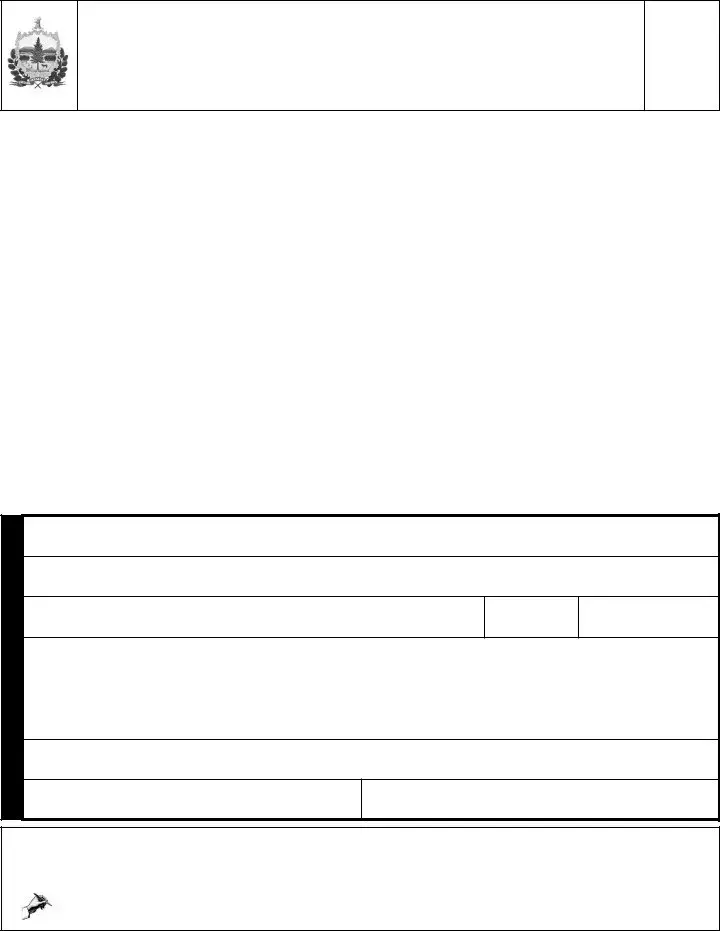The S-3C Vermont Sales Tax Exemption Certificate for Contractors shares similarities with the Uniform Sales & Use Tax Certificate - Multijurisdiction, used by businesses that operate in multiple states. Both certificates provide a way for qualified purchasers to buy goods tax-free, if the goods are for resale or for use in exempt projects. They require the purchaser to provide detailed information about their business and the nature of the purchase, ensuring compliance with tax laws across different jurisdictions.
Another document similar to the Form S-3C is the Resale Certificate, commonly used by businesses when purchasing goods they intend to resell. The Resale Certificate, like the S-3C, allows businesses to avoid paying sales tax on purchases by certifying that the items will be resold in the regular course of business. Both forms serve as proof that the transaction is exempt from sales tax under specific conditions set by law.
The Exempt Use Certificate closely aligns with the S-3C form in that it is used to certify that a purchase qualifies for a sales tax exemption based on how the goods will be used. This certificate is typically employed in situations where items are purchased for a purpose that qualifies for a tax exemption, such as manufacturing or producing goods for resale, much like how the S-3C exempts purchases for use in qualified exempt projects.
The Streamlined Sales Tax Exemption Certificate is similar to the Form S-3C as it streamlines the process for businesses to claim sales tax exemptions across multiple states. Both certificates require detailed information about the purchaser and the nature of the exempt purchase, facilitating compliance with sales tax laws in a simplified manner for businesses operating in jurisdictions with varying tax regulations.
Another similar document is the Governmental Exemption Certificate, which provides a sales tax exemption for purchases made by government entities. Like the S-3C form, this certificate allows entities to certify their right to exemption at the time of purchase, albeit for government rather than contractor-specific projects. Both certificates avoid the payment of sales taxes on eligible transactions by providing the necessary proof of exemption status.
The Direct Pay Permit is another instrument that shares a common purpose with the Vermont S-3C form. It allows the holder to buy goods without paying sales tax to the seller, under the condition that the purchaser will directly pay any owed taxes to the state. This is particularly useful for entities that make large volumes of purchases where determining the applicability of sales tax at the point of sale is complex, similar to the S-3C’s application in construction projects.
The Nonprofit Organization Exempt Purchase Certificate offers tax exemptions to qualified nonprofit organizations, akin to the S-3C form's provisions for contractors working on projects for exempt entities. Both certificates require that the organization or contractor provide specific details about their status and the nature of the exempt purchase to legally avoid sales tax.
Lastly, the Agricultural Exemption Certificate, used by farmers and agricultural producers, exempts purchases related to farming from sales tax. Like the S-3C, it identifies specific conditions under which purchases are not subject to sales tax, focusing on the agricultural sector. Both certificates acknowledge the role of specific sectors or projects in contributing to the public good, warranting the exemption.
